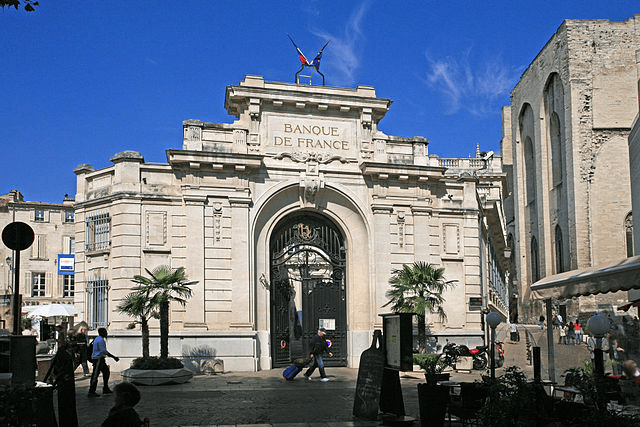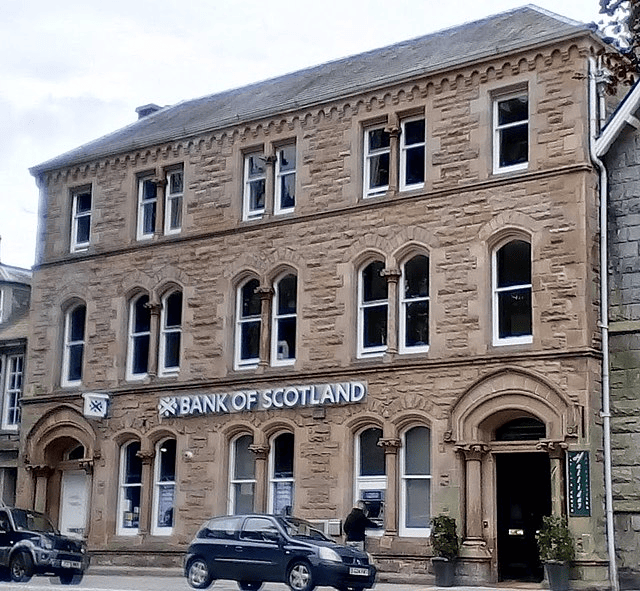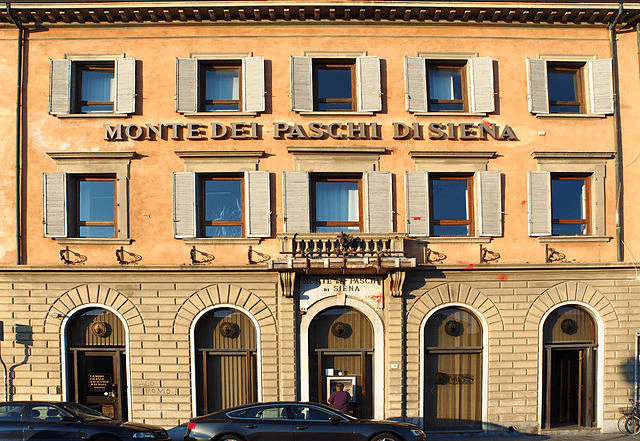In European financial history, certain institutions are living chronicles, witnessing the economic ebbs and flows across centuries. These banks are steeped in tradition and resilience and have weathered wars, economic upheavals, and technological revolutions.
Join us on a fascinating journey through time as we explore the ten oldest banks in Europe.
10. Credito Valtellinese
Year Founded: 1908
Country: Italy
Credito Valtellinese is deeply rooted in the Lombardy region and was founded in 1908. Originating as a credit union to support local farmers, it gradually evolved into a modern banking institution. Throughout its existence, the bank has maintained a focus on serving the local community’s needs.
Did You Know?
Credito Valtellinese weathered the turbulence of both World Wars and contributed to the post-war reconstruction efforts in Italy, showcasing its resilience and commitment to societal well-being.
9. Caisse d’Epargne et de Prévoyance
Year Founded: 1818
Country: France

Caisse d’Epargne et de Prévoyance is one of the oldest savings banks in Europe and was founded in 1818 in Paris. Its mission has been to promote savings and provide financial services to a broad segment of the French population.
Did You Know?
Caisse d’Epargne et de Prévoyance has embraced technological advancements, adapting its services to the digital age while continuing its commitment to financial inclusion.
8. Banque de France
Year Founded: 1800
Country: France

Banque de France was founded in 1800 by Napoleon Bonaparte. It has played a crucial role in France’s economic history. It was established to stabilize the country’s financial system and support economic development.
Did You Know?
Banque de France has faced numerous challenges, including the ravages of two World Wars. It played a pivotal role in the post-war reconstruction of the French economy.
7. Bank of Scotland
Year Founded: 1695
Country: Scotland, United Kingdom

The Bank of Scotland was established by an Act of the Scottish Parliament in 1695. It is not only one of the oldest banks in Europe but also holds the distinction of being the first bank in Scotland. Over the centuries, it played a vital role in supporting trade and industry in Scotland and beyond.
Did You Know?
Bank of Scotland issued its own banknotes, a practice that continues to this day. Its notes, adorned with intricate designs, are considered by collectors as a unique piece of Scottish financial history.
6. Barclays Bank
Year Founded: 1690
Country: England, United Kingdom

Barclays was founded in 1690. It started as a goldsmith banking business in the City of London. Over the centuries, it evolved into a global financial giant. Barclays has been at the forefront of financial innovation, introducing the world’s first ATM in 1967.
Did You Know?
In its early days, Barclays gained prominence by financing trade between England and the Americas. The bank’s colonial connections played a pivotal role in its growth.
5. C. Hoare & Co.
Year Founded: 1672
Country: England, United Kingdom

C. Hoare & Co. is commonly known as Hoares Bank and was founded in 1672 in London. It is the oldest surviving independent bank in the United Kingdom. Throughout its long history, it has maintained a commitment to traditional banking values.
Did You Know?
The bank has been in the hands of the Hoare family for over three centuries, a testament to its dedication to preserving its heritage and values.
4. Sveriges Riksbank
Year Founded: 1668
Country: Sweden

Sveriges Riksbank was founded in 1668. It is the world’s oldest central bank. Over the centuries, it has played a crucial role in shaping Sweden’s monetary policy and contributing to the stability of the Swedish economy.
Did You Know?
Sveriges Riksbank pioneered the use of paper money in Europe. In the 17th century, it issued the first European banknotes as a response to the shortage of copper coins.
3. Berenberg Bank
Year Founded: 1590
Country: Germany

Berenberg Bank was founded in 1590 in Hamburg. It is one of the oldest banks in Europe, with continuous family ownership. It has a rich history as a merchant bank, and its enduring success can be attributed to a conservative approach and a focus on maintaining strong client relationships.
Did You Know?
During the Napoleonic Wars, Berenberg Bank navigated the challenging political landscape, showcasing its adaptability and resilience in geopolitical turmoil.
2. Banca Carige
Year Founded: 1483
Country: Italy

Banca Carige was founded in 1483 in Genoa. It has witnessed the ebbs and flows of Italian history. Originally established to finance trade in the Maritime Republic, it has adapted to the changing financial landscape over the centuries.
Did You Know?
Banca Carige has faced modern challenges, including financial instability in the 21st century. In 2019, it underwent a significant restructuring to strengthen its financial position.
1. Banca Monte dei Paschi di Siena
Year Founded: 1472
Country: Italy

Banca Monte dei Paschi di Siena was founded in the beautiful Tuscan city of Siena. It holds the title of the oldest surviving bank in the world. Established in 1472, its roots trace back to a “mount of piety,” a charitable institution providing low-interest loans. The bank has navigated through the Italian Renaissance, the unification of Italy, and the modern challenges of the banking industry.
Did You Know?
Banca Monte dei Paschi di Siena was severely impacted by the global financial crisis of 2008, receiving a government bailout. This event highlighted the vulnerability of even the oldest financial institutions to contemporary economic challenges.
Conclusion
From the Italian Renaissance to the modern era of digital banking, these oldest banks in Europe have adapted, innovated, and endured. Their stories reflect the evolution of banking and the broader historical, social, and economic changes that have shaped the continent over centuries.











